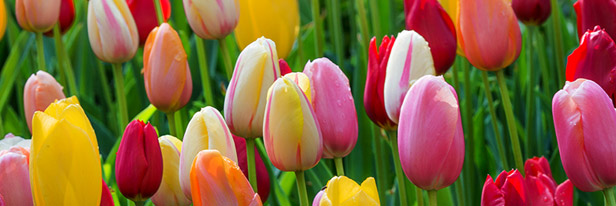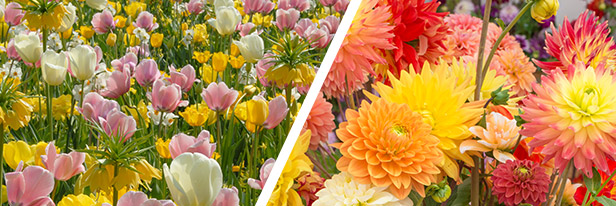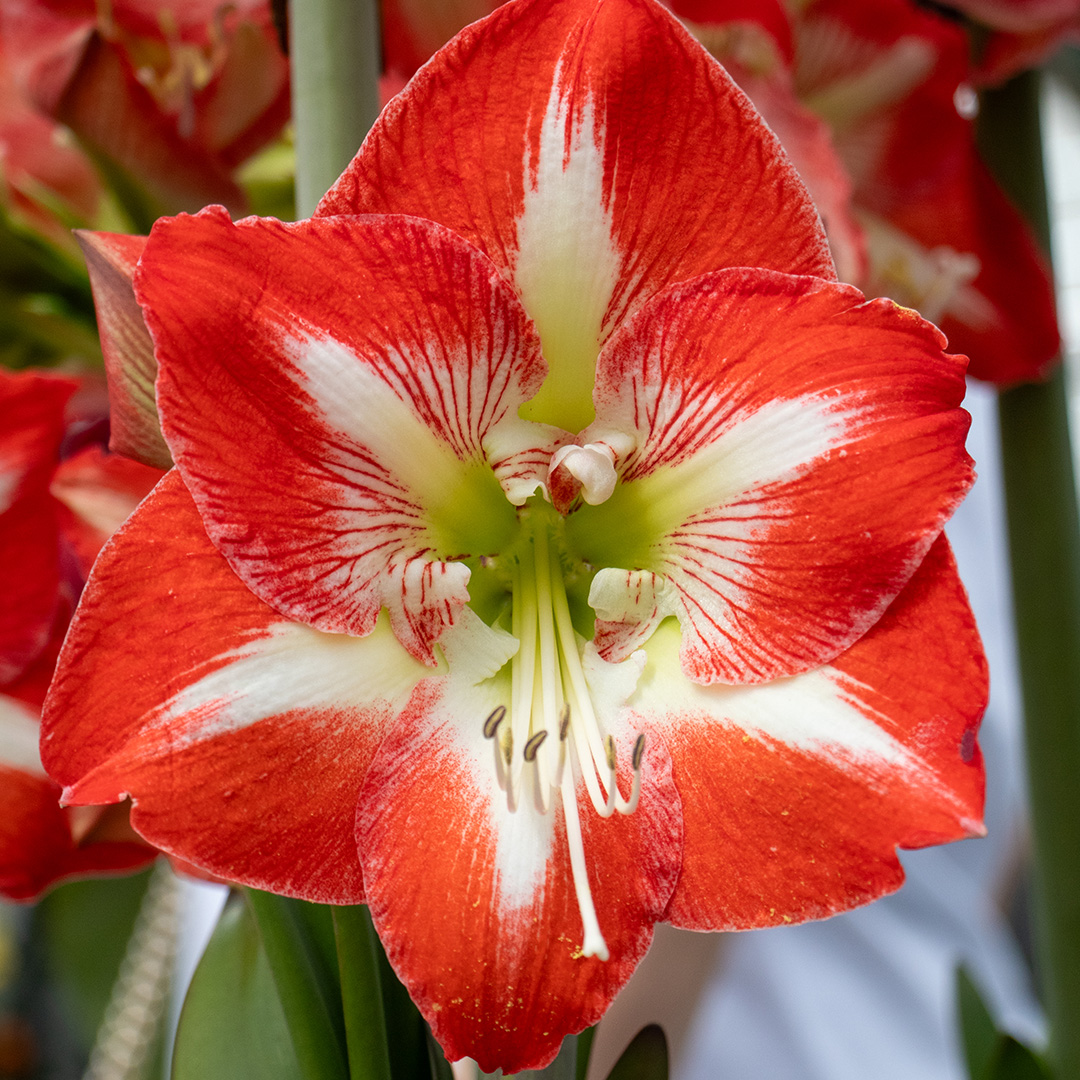
All About Begonias
A summer bloomer with stunning bright colours is the Begonia. With colours ranging from yellow, red, pink, and orange to white, they create an explosion of colour in your garden, border, or balcony. In our assortment, you'll find the Tuberous Begonia. As the name suggests, this flower grows from hairy brown tubers. Sometimes it’s called a bulb begonia, but that name is actually incorrect. We distinguish the Tuberous Begonia into two types: upright and hanging (pendula) Begonias. Both are available in various colours and are a real asset to your summer garden or balcony.
How to Plant the Tuberous Begonia
Begonias are easy to plant and bloom until the first frost. After the last frost, it's time to plant the Begonias. Note that the tubers have a top and bottom, so you need to be careful when planting them. Almost always, you’ll see a concave and a convex side. The concave side is the top, so it should face upwards. Ensure that the Begonias are not placed in full sun, as this can lead to leaf burn. You don't need to plant the tubers deeply—about 2 centimeters of soil on top of the tuber is sufficient. Keep a planting distance of 25 to 30 centimeters from other Begonia tubers. During growth, it is very important that the Begonias receive enough water to keep the soil moist.
Planting Begonias in a Pot
Begonias are also perfect for planting in pots. When doing so, the same rules apply: 2 centimeters of soil on top of the tubers is enough. Ensure you use spacious flower pots. Not because the Begonia grows extremely large, but to manage water better. Begonias need quite a bit of water, and a larger pot helps prevent drying out. Another tip: don't fill the pot to the brim with soil, but leave about a centimeter. This makes watering much easier.
Pre-Forcing Begonias
If you want to enjoy Begonias earlier in the summer, you can start pre-forcing them from March. Pre-forcing means starting the growing season earlier so that Begonias bloom earlier in the summer. You can pre-force Begonia tubers by planting them in pots in March. Then place them in a warm spot, like on a windowsill or in a greenhouse. After the last frost, also known as the Ice Saints, you can take the Begonias out of the pot and plant them in the garden. Of course, you can also leave them in the pot and move the pot outside. Just make sure that pre-forced Begonias are not placed in direct sunlight initially, but rather in partial shade. After a few days, they can be moved to a sunnier spot. This is because the leaves may have softened indoors and need to toughen up outdoors, preventing leaf burn.
Overwintering
Begonias are not frost-hardy, so you need to lift them before the first frost. If you don't, the tubers will rot in the ground. Begonias provide beautiful flowers all summer, but as the nights get colder, the leaves will start to die off. This is the signal that it’s time to lift the tubers. When you lift the tubers, cut the stems a few centimeters above the tuber. Then clean the tubers by removing the soil. You don’t need to clean them completely. Just like Dahlias, store the tubers in a frost-free place. Place them in a crate or box; there is no need to wrap them completely. The ideal temperature for storing tubers is between 5 and 10 degrees Celsius. From March, you can start pre-forcing the Begonias again. If you prefer not to pre-force them, you can wait until the last frost and then plant them. This way, you can enjoy beautiful Begonias for years!
Which Begonia Will You Choose?
When you visit our Begonia assortment, you can easily search using filters for flower colour, bloom height, suitability for pots, or as cut flowers, among many other product specifications. This way, we help you find the perfect Begonia for you!




